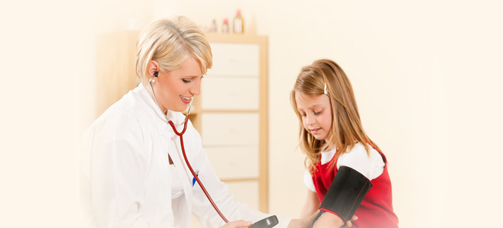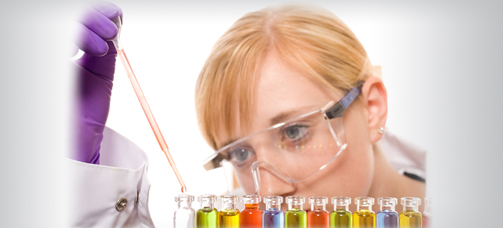Acne
ACNE
What is Acne?
Acne is the most common skin condition in North America, affecting 85% of adolescents and may continue into adulthood. Acne occurs when small papulopustular and nodular lesions on the face, neck, chest, back and shoulders.
Symptoms
Lesions may appear as:
- Whiteheads (closed plugged pores)
- Blackheads (open plugged pores-oil turns brown when exposed to air)
- Papules (small tender red bumps)
- Pimples(pustules)- which are papules with pus at tip
- Nodules(large, sold, painful bumps under skin)
- Cystic lesions (painful, pus filled lumps under skin)
What Causes Acne?
Acne occurs when oil (sebum) produced by the skin and dead skin cells clog your pores. This is made worse and can lead inflammation of acne lesions by overproduction of a bacteria called Propionibacterium acnes that normally lives on the skin.
Risk Factors
Hormones: Hormonal changes during the adolescent years may cause or worsen acne, especially in boys. Women experience acne more so into adulthood especially around their menstrual cycle. Lastly, women who have a condition called poly-cystic ovarian syndrome(PCOS) often have acne.
Medications: Certain medications such as lithium, corticosteroids and androgens may worsen acne.
Stress: Stress can cause acne breakouts or make per-existing acne worse.
Diet: Studies have not found a definitive correlation between diet and acne. In some findings, a correlation between a diet containing large amounts of processed carbohydrates, diary and chocolate may trigger or worsen acne in some patients. Further evidence is needed before it can be recommended that acne patients follow dietary restrictions.
Makeup and Skin care- oil based cosmetics and lotions may worsen acne. Water based or “non-comedogenic” products are less likely to do this. Further, overuse of harsh soaps and astringents may worsen acne.
How is Acne Treated?
There is no single best treatment for acne, multiple treatments may sometimes be used in combination for optimal outcomes. Ensuring good skin care is a key step in acne care in combination with other treatment. The following are key steps:
1. Use a gentle non-soap cleanser twice daily, avoid harsh scrubs as theseirritate the skin and worsen acne. Do not pick or squeeze acne lesions.
2. Use a good moisturizer to help with skin dryness and peeling which often occurs as a side effect of acne medications.
3. Sun protection- many treatments for acne will increase your skin’s sensitvity to the sun, ensure to avoid excessive sun exposure and use a sunscreen with an SPF-30 or higher.
Non-prescription acne treatments may include salicylic acid, benzoyl peroxide, sulfur, alpha hydroxy acids, or tea tree oil, all of which are available in non-prescription strengths
If over the counter treatment are ineffective, prescription treatment may be tried. Treatments may come in the form of topical ointments such as retinoids azelaic acid, or dapsone for mild noninflammatory acne. For moderate to severe inflammatory acne, benzoyl peroxide creams, oral and topical antibiotics, oral contraceptives and oral retinoids may be used. Each treatment should be tried for at least 2-3 months before deciding if it is effective. For severe acne scars, cosmetic treatments include laser therapy, chemical peels, dermabrasion, soft tissue fillers and laser resurfacing.
Special considerations
Many acne treatments are not safe for use during pregnancy. Women who are pregnant or planning on becoming pregnant should consider stopping all acne treatments before becoming pregnant and discuss the options with their healthcare provider.
Please contact your healthcare provider to discuss any acne questions and treatment options.
References
Canadian Dermatological Association (2016). Acne. Retrieved from www.dermatology.ca/
Graber, Emm (2016). Acne. Retrieved from www.uptodate.com
MayoClinic (2016). Acne. Retrieved from www.mayoclinic.org/





